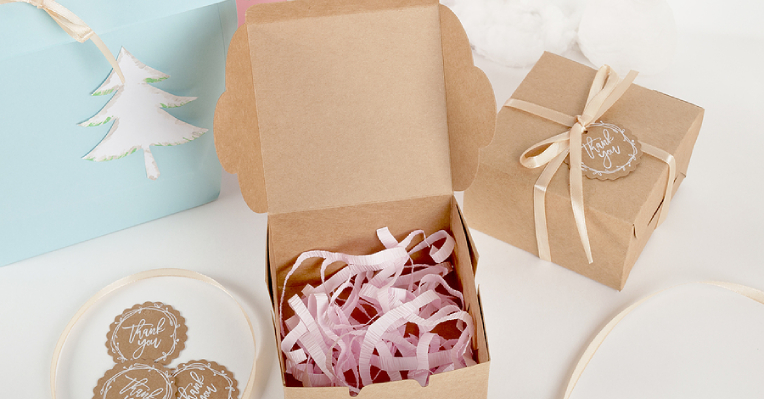Your product’s packaging is one of the prominent, if not the most vital factor that can drive sales for your product.
The only packaging solutions that delight both the brand and its clients are those that are safe, effective, and, lastly, uniquely eye-catching. As such, proper packaging plays a vital role in determining your product’s success.
Apart from the packaging itself, having an efficient process in creating them benefits not only the products themselves but also the business as a whole. When it comes to optimising your product’s packaging and its creation, there are many ways to tackle the problem, some of which are listed down below.
Go for smaller, greener packaging
Today, there are now a number of flexible packaging options that brands can choose from for their product lines. Apart from regular canvas tote bags, another notable option are those plastics that contain polyolefin.
Besides being recyclable and environmentally-friendly, these plastics allow brands to design flexible packaging solutions that perform equally or even better than other options.
Also, due to their material composition, packaging made from these plastics possess a significantly lighter weight and a more compact footprint, providing brands significant savings on freight costs.
Enhance packaging machinery and pay close attention to its upkeep
Many a time, brands have discovered that their packaging line is the main reason for their packaging solution’s ineffectiveness. Thus, if your packaging line is no longer suited for the brand’s current needs, it’s high time that you make a capital investment in upgrading its machinery or processes.
While it may significantly affect the business’s budget, opting for newer technologies is proven to offer a rather quick ROI. Additionally, the investment can also result in net cost reductions in other areas, such as reducing product damage in the line.
To make the most of your investment, place great importance on the new machinery’s maintenance and upkeep. You can do this by creating an efficient and frequent maintenance schedule that ensures your machines remain reliable and last for as long as possible.
On top of that, it’s also beneficial to house spare parts for the machinery and create a reporting system for when they break down. These two allow for significantly reduced downtimes, enabling operations to continue as quickly as possible.
Don’t put off packaging decisions until the last-minute
One of the biggest reasons for packaging failures is last-minute decisions. Last-minute decisions are always taken in haste and are not a good thing to do – this may affect the cost and design to a large extent that can harm the business. So, be prepared with everything required well in advance for the best results!
As a rule of thumb, brands must always consider the packaging requirements at the start whenever they want to release a brand new product. The reason for this is if these packaging decisions are put off until the end of the process, rushing becomes inevitable, leading brands to opt for more generic, clunky, and often expensive designs.
When it’s time to focus on your product’s packaging at the beginning of the process, there are a few key factors that you need to consider. These factors are listed in the following:
- Factor in the packaging’s materials and their costs
- Nail down a list of the design requirements
- Figure out the optimal size in terms of shelf space
- Space you can afford in-house for production
- Plan out the information that needs to be placed on the packaging
Gather data to make informed decisions
Prices of materials needed for packaging, such as cardstock, corrugated boards, and polyolefin, are ever-dynamic and can change at a moment’s notice. As such, it’s best to keep an eye out for their prices so that the brand can adjust its spendings accordingly.
Additionally, be it for tote bags or canvas bags printing – it’s crucial that you fully know when and where your packaging costs are bleeding. Doing so helps you identify issues that may arise, allowing you to rectify them before they cause greater problems.
One way of doing this is by constantly monitoring key data from the packaging line, such as film wastes and common product damage that occurs during the process.
Conclusion
Efficient packaging can have an immense effect on the bottom line of the product. The points mentioned above explain why packaging is necessary and how efficient and manageable packaging is more sustainable in the future.
If you’d like to delegate the creation of eco-friendly packaging for your products, Print&Pack can help you out! With a wide selection of packaging solutions, including canvas bags and custom tote bags, you’re sure to find the right one that fits your brand’s style and image. And with our customised services, we help you to easily bring your design ideas to life, starting from conception to the production of the packaging you can touch and feel.






